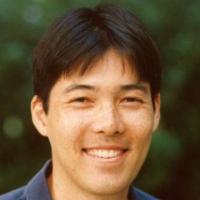SystemX Affiliates: login to view related content.

While lithography was a key technology for making transistors into complex integrated circuits, micro-assembly is potentially a key technology for making nanotechnology into large, complex, heterogeneous, custom systems. We aim to build a new tool for integrating millions of pre-fabricated chiplets or micro-objects into systems, based on deterministic micro-assembly and transfer. The process uses chips initially in solution, and then sorts, transports, and orients chips with directed electrostatic assembly and parallel control. Assemblies are then transferred to final substrates with a stamp or continuous feed roll-based methods, and then electrically interconnected. The current laboratory systems have handled small chips (10 um – 500 um), demonstrated fine registration (<1 um and <1°), and produced centimeter scale outputs. Ultimately, massively parallel automated microassembly, analogous to a xerographic printer using microchips instead of toner, could be used for integrating circuits, microLEDs and other semiconductor components into complex, heterogeneous systems.
Dr. Eugene Chow is a principal scientist and manager of the microsystems research group in the electronic materials and devices laboratory at PARC (a Xerox Company). The group leverages microsystems technology for applications in printing for manufacturing, electronics and biomedicine. Recent projects include micro-assembly for device integration, microsprings for electronics packaging and test, and microjets for drug delivery. He leads research projects at PARC with support from Xerox, other companies and the government, and has over 100 patents granted/filed. He earned a B.S. from U.C. Berkeley in engineering physics, and did his graduate work at Stanford University (M.S. engineering management, M.S. and Ph.D. in electrical engineering), with advisors Tom Kenny and Calvin Quate.


